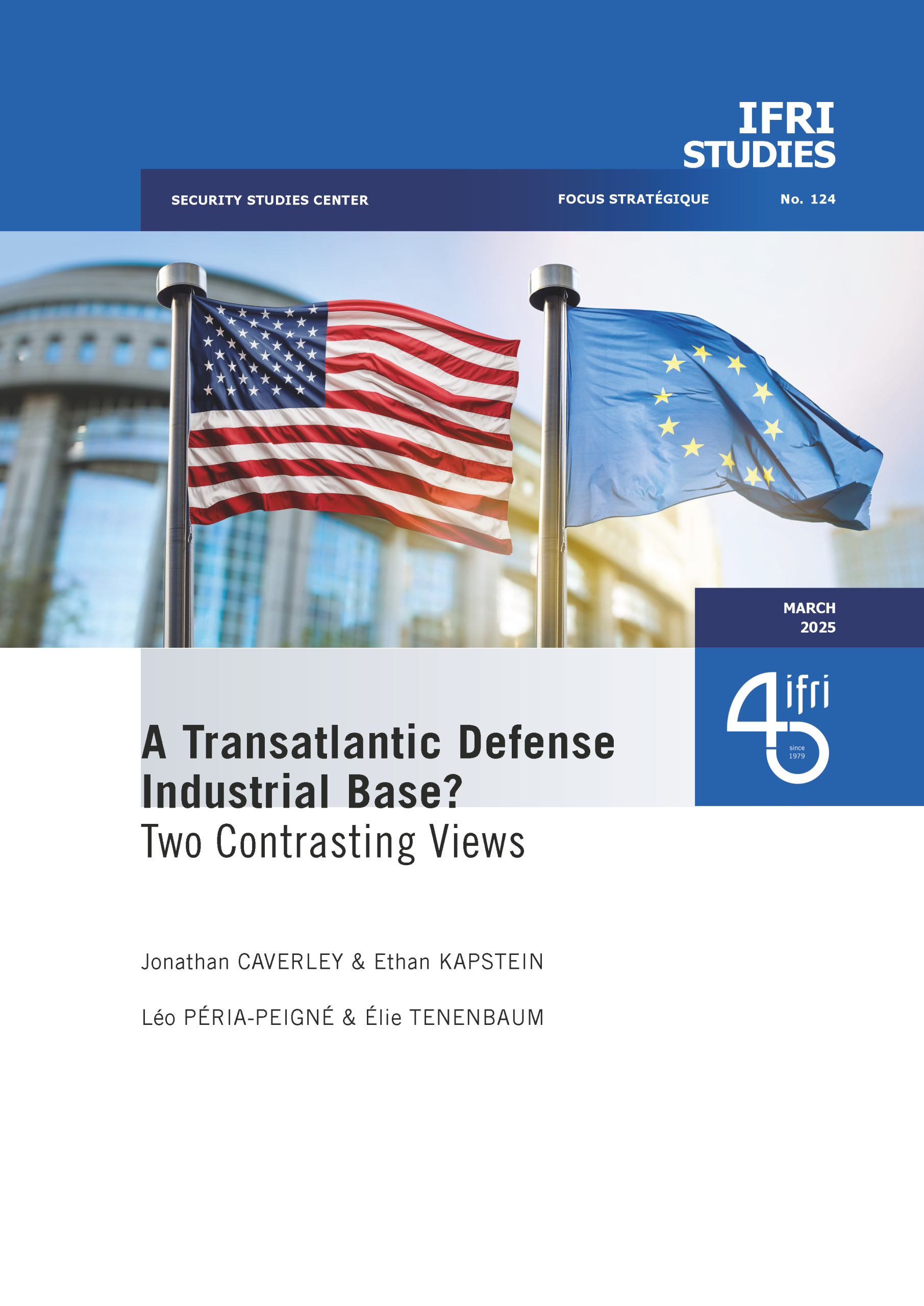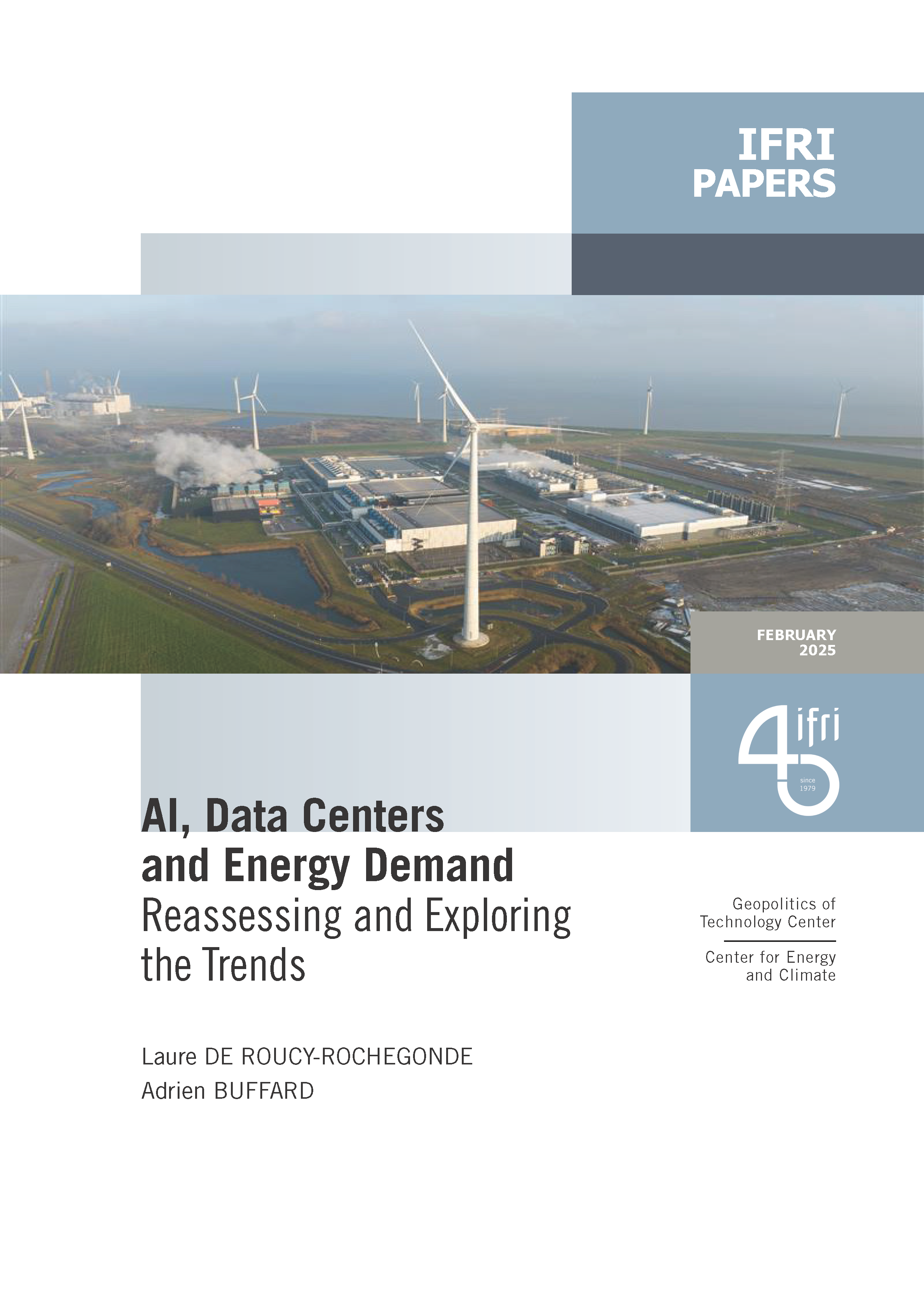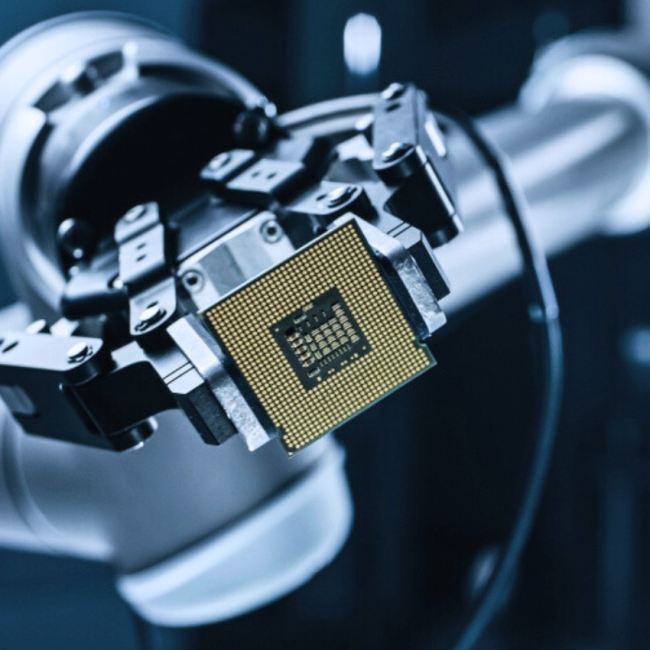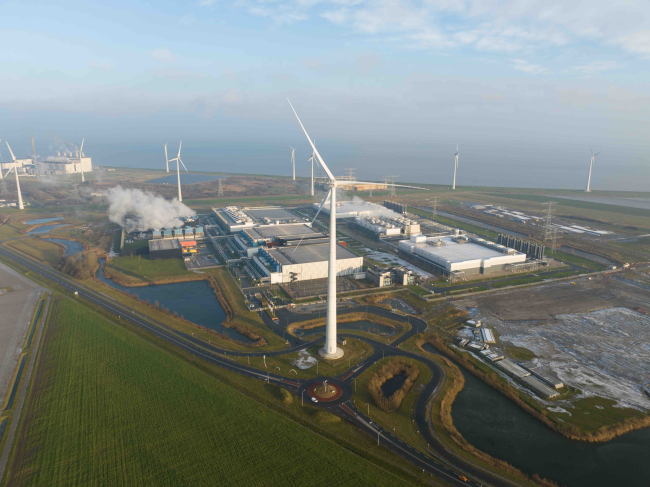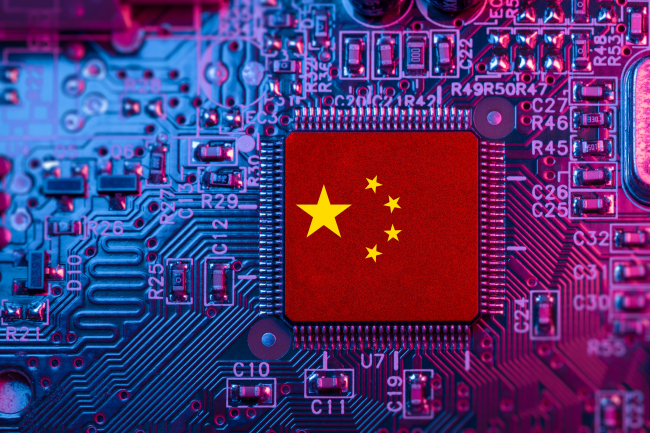Artificial Promises or Real Regulation? Inventing Global AI Governance

The risks inherent to the unregulated use of AI, a key technology and vector of profound transformations within societies underline the pressing need to harmonize governance efforts at the international level. The Summit for Action on Artificial Intelligence to be held in Paris in mid-February could be an unprecedented timely occasion to agree on a global governance framework of AI for the public good.

Arising from the political and economic ambitions of a plurality of players with often divergent interests, the international framework of artificial intelligence (AI) is an acute reflection of contemporary geopolitical tensions.
The risks inherent to the development and mass adoption of AI, a key technology and vector of profound transformations within societies for health, education, employment or the environment, underline the pressing need to harmonize governance efforts at the international level.
Global governance of AI relies on the ability of state and non-state players to set common standards on technological risks, the boundaries to be drawn, and the principles to be safeguarded. These endeavors aim to promote the safe development of AI that is universal, adapted to cultural diversities, free from bias, and respectful of democratic values and fundamental rights and freedoms.
However, residual political, economic and legal challenges exacerbated by the limits of existing regulatory frameworks – in the face of increasing balkanization of governance approaches and fragmentation of the international community – considerably complicate the implementation of such an initiative.
Given the intrinsically evolving nature of AI, it is vital to build an adaptable and flexible “future-proof” governance framework capable of anticipating and adjusting to technical advances.
The Summit for Action on Artificial Intelligence to be held in Paris in February is an unprecedented timely occasion to agree on a shared vision of AI governance that is sustainable and inclusive. For decision-makers, it’s an opportunity to better grasp the evolution of practices, regulatory shortcomings, the interests influencing the agreements under construction, and the compromises needed to frame AI on a global scale in the years to come.

Available in:
Themes and regions
ISBN / ISSN
Share
Download the full analysis
This page contains only a summary of our work. If you would like to have access to all the information from our research on the subject, you can download the full version in PDF format.
Artificial Promises or Real Regulation? Inventing Global AI Governance
Related centers and programs
Discover our other research centers and programsFind out more
Discover all our analysesAI, Data Centers and Energy Demand: Reassessing and Exploring the Trends
The information and communication technologies sector today accounts for 9% of global electricity consumption, data centers for 1-1.3%, and artificial intelligence (AI) for less than 0.2%. The growing energy demands of cloud services first, and now AI workloads (10% of today’s data centers electricity demand), have exacerbated this trend. In the future, hyperscale data centers will gain shares amongst all kinds of data centers and AI will probably account for around 20% of data centers electricity demand by 2030.
From nonproliferation to strategic competition: US export controls and China
Technological competition is at the heart of the renewed great-power competition that has characterized relations between the USA and China since the 2010s. The role of technological innovation in the evolution of power relations is already recognized in the literature of international relations. However, developments in US technology policy under the last two administrations raise the reverse question: how does the perception of changing power relations (in this case, Chinese technological catch-up perceived as a threat to US leadership) transform policies granting or denying access to technological innovation?
China’s Mature Node Overcapacity: Unfounded Fears
China is decoupling from, not flooding, the global mature-node semiconductor market. As China increasingly pursues industrial policies encouraging domestic chip production, its own growing chip demand will prevent a direct flood of cheap Chinese chips on foreign shores. However, as Beijing achieves its goal of decreasing the reliance of domestic downstream manufacturers on foreign chips, European and American mature-node semiconductor companies will feel the ripple effects of an increasingly “involuted” Chinese chip ecosystem.
Sat-to-Cell: Towards Universal Connectivity?
Sat-to-Cell is a new type of service that connects smartphones directly to satellites. It has recently enabled innovative applications such as emergency text messaging via satellite. The technology is developing rapidly, and many questions are now being raised about its potential impact.


